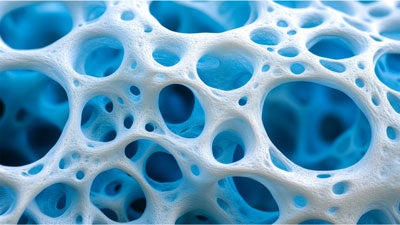
TWIG 1
Modular Synthetic Bio-inspired Materials (MoSBio)
Lead: Ivan Coluzza (CHEM)
Members: TWIG 1
Science Research Pillar(s): Nano
This TWIG aims to develop a universal framework for designing synthetic polymers that mimic the structure and multifunctionality of proteins, using insights from protein folding. By integrating theory, synthesis, and characterization, the team seeks to engineer programmable materials with tunable mechanical, electronic, optical, and catalytic properties

TWIG 2
Macroscopic Quantum Squeezing (MQS)
Lead: Hanyu Zhu (MSNE)
Members: TWIG 2
Science Research Pillar(s): Nano, Quantum and Materials
This TWIG investigates macroscopic quantum squeezing through the superradiant phase transition (SRPT) in ErFeO₃, offering the first spectroscopic evidence of this phenomenon in a solid-state system. By leveraging noise-suppressing measurement protocols and modeling entanglement depth, the team aims to advance quantum sensing and continuous-variable quantum technologies

TWIG 3
Optically Driven Quantum Magnets (ODQM)
Lead: Emilia Morosan (PHYA)
Members: TWIG 3
Science Research Pillar(s): Nano, Quantum and Materials
This TWIG explores how optical techniques and chemical modifications can tune quantum phases in layered van der Waals materials like doped TiSe₂ and MnBi₂Te₄. By combining spectroscopy with transport and magnetic measurements, the team investigates metal-insulator transitions, spin-orbit interactions, and the emergence of magnetic and topological phases.

TWIG 4
Architecture-aware Quantum Complexity (AQC)
Lead: Nai-Hui Chia (CS)
Members: TWIG 4
Science Research Pillar(s): Nano, Quantum and Materials
This TWIG investigates the limits of parallelism in quantum simulation, showing that certain classes of Hamiltonians—such as sparse and geometrically local ones—cannot be efficiently fast-forwarded using low-depth quantum circuits. Their results establish fundamental constraints on simulating time evolution in quantum systems, even under idealized computational models.

TWIG 5
Quantum Simulation and Quantum Networks with Atoms and Photons (QS)
Lead: Guido Pagano (PHYA)
Members: TWIG 5
Science Research Pillar(s): Nano, Quantum and Materials
This TWIG uses controllable quantum simulators—such as atomic systems and Rydberg tweezer arrays—to explore many-body quantum phenomena across condensed matter, quantum chemistry, and high-energy physics. A key effort is building hybrid quantum networks that integrate ions, atoms, and solid-state qubits to leverage their complementary strengths.
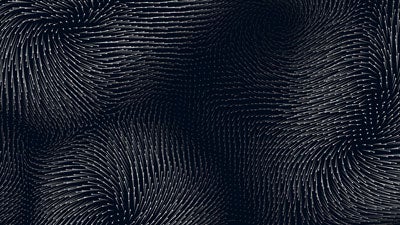
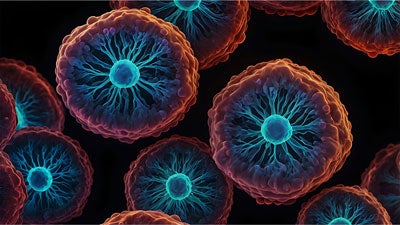
TWIG 7
Superradiance-Enhanced Superresolution Imaging (SRSR)
Lead: Shengxi Huang (ECE)
Members: TWIG 7
Science Research Pillar(s): Nano, Quantum and Materials
This TWIG explores how superradiance—coherent emission from interacting fluorophores—can dramatically improve the spatial and temporal resolution of single-molecule fluorescence imaging. The team is developing and characterizing new dyes to enable faster, brighter, and more precise biomedical imaging beyond the diffraction limit.

TWIG 8
Numerical Methods for Strong Correlations (NMSC)
Lead: Andriy Nevidomskyy (PHYA)
Members: TWIG 8
Science Research Pillar(s): Nano, Quantum and Materials
This TWIG develops microscopic models to better understand strong electron correlations in systems like twisted bilayer graphene. Using an extended Hubbard model and Hartree-Fock analysis, the team uncovers how orbital and valley degrees of freedom drive a rich variety of insulating and metallic phases across different charge fillings.

TWIG 9
Applications of Quantum Algorithms (AQA)
Lead: Leonardo Dueñas-Osorio (CEE)
Members: TWIG 9
Science Research Pillar(s): Nano, Quantum and Materials

TWIG 10
Transport in Carbon Nanomaterials (TCN)
Lead: Geoff Wehmeyer (MECH)
Members: TWIG 10
Science Research Pillar(s): Nano
This TWIG explores the electrical and thermal transport properties of carbon nanostructures, particularly in highly aligned macroscale assemblies like carbon nanotube films and fibers. By uncovering the physics of carrier and phonon transport, the team aims to engineer materials for improved power, thermal, and thermoelectric performance.

TWIG 11
Solution Processed Heterostructures (SPH)
Lead: Aditya Mohite (CHBE)
Members: TWIG 11
Science Research Pillar(s):Nano, Quantum and Materials
This TWIG pioneers a universal, solution-processed approach for fabricating multilayer perovskite heterostructures with high optoelectronic quality and scalability. By tailoring solvation dynamics, the team has achieved durable and efficient 2D/3D and 3D/3D structures, opening new pathways for cost-effective heterostructure design in semiconductors.
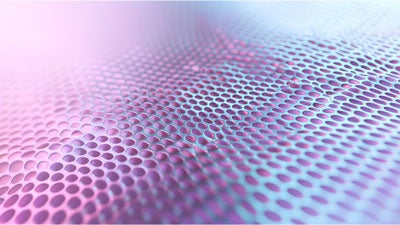
TWIG 12
Self-Assembled Metamaterials & Metasurfaces (SAMM)
Lead: Matt Jones (CHEM)
Members: TWIG 12
Science Research Pillar(s): Nano

TWIG 13
Single Photon Emitters (SPE)
Lead: Xuedan Ma (ECE)
Members: TWIG 13
Science Research Pillar(s):Nano, Quantum and Materials
This TWIG unites multidisciplinary expertise at Rice to accelerate the discovery and engineering of next-generation single photon emitters for quantum communication, sensing, and simulation. By integrating defect modeling, machine learning, fabrication, and measurement, the team is advancing SPE technologies critical to quantum information science.
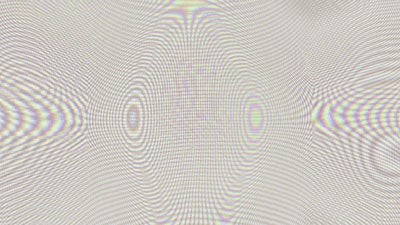
TWIG 14
Moiré Quantum Matter (MQM)
Lead: Yonglong Xie (PHYA)
Members: TWIG 14
Science Research Pillar(s): Nano, Quantum and Materials
This TWIG brings together an interdisciplinary team at Rice committed to advancing both the fundamental understanding and technological potential of moiré quantum matter. Our shared goal is to uncover the underlying mechanisms driving emergent quantum phenomena, apply these insights to engineer high-performance quantum devices, and discover entirely new phases of quantum matter.
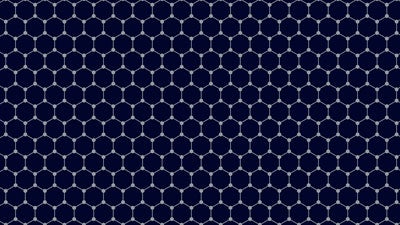
TWIG 15
Inducing Superlattice Potentials in 2D Materials (ISP2M)
Lead: Matt Jones (CHEM)
Members: TWIG 15
Science Research Pillar(s): Nano
